In memoriam: Michael McKinnell (1935 – 2020)
Co-designer of the famous Brutalist landmark, Boston City Hall, and co-founder of Kallmann McKinnell & Wood Michael McKinnell, has died aged 84 in Rockport, Massachussetts
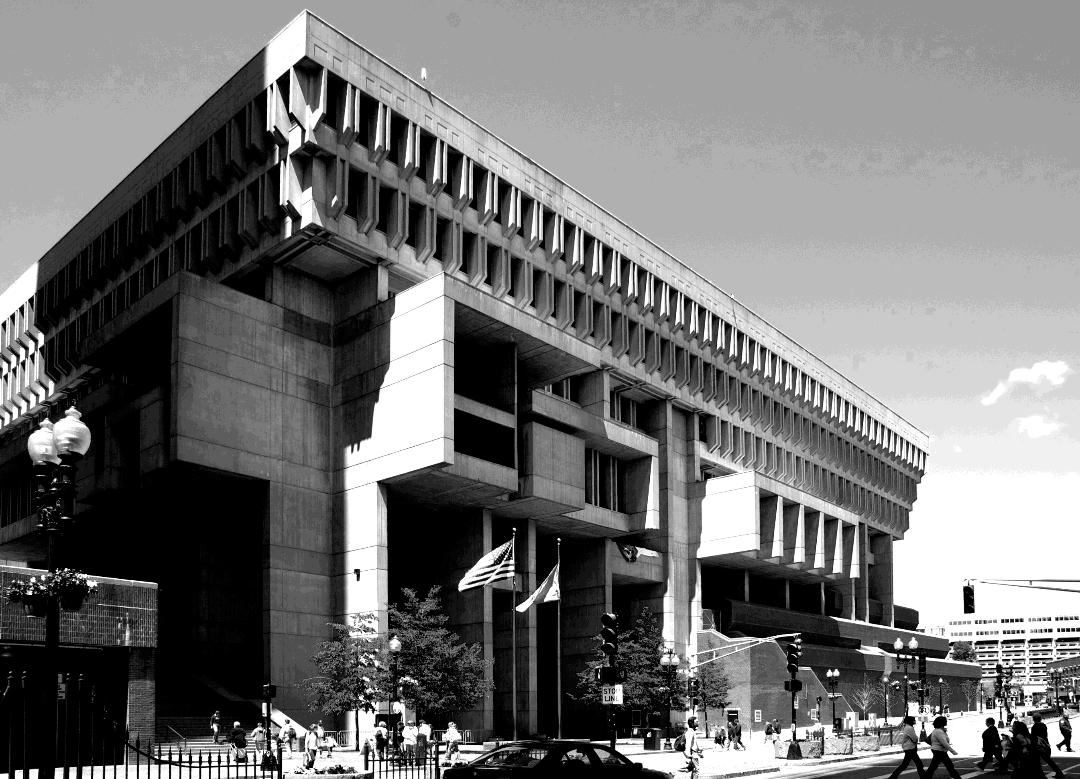
For many people, the words ‘brutalist architecture’ are easily defined by a single image of a single building; Boston’s City Hall. Opened in February 1969, it was designed by a team led by local architect Michael McKinnell of Kallmann McKinnell & Knowles. McKinnell has died at the age of 84 in March 2020 of COVID-19 related pneumonia, having lived to see his masterwork celebrate its 50th anniversary last year and undergo a comprehensive rehabilitation.
Together with the late Gerhard Kallmann and Edward Knowles, McKinnell started the office in 1962, having won the City Hall competition out of nearly 300 entrants. He was just 26 years old and the structure was his first built design. With its inverted ziggurat form and deeply recessed concrete front facade, the City Hall was a bold expression of civic power. It was also a symbol of change, being part of an era-defining urban renewal programme that ultimately fell foul of changing attitudes to cars and cities.
The City Hall endured, however, thanks in part to a monumentality that discouraged alteration, let alone demolition. This longevity was baked into the project from the outset – McKinnell was quoted as saying: ‘I think if we could have done it, we would have used concrete to make the light switches' – but also drew brickbats from those who saw concrete as innately confrontational and anti-human. Nevertheless, he was never dogmatic about how the building was used and evolved, seeing it as a framework that evolved, just like democracy.
RELATED STORY
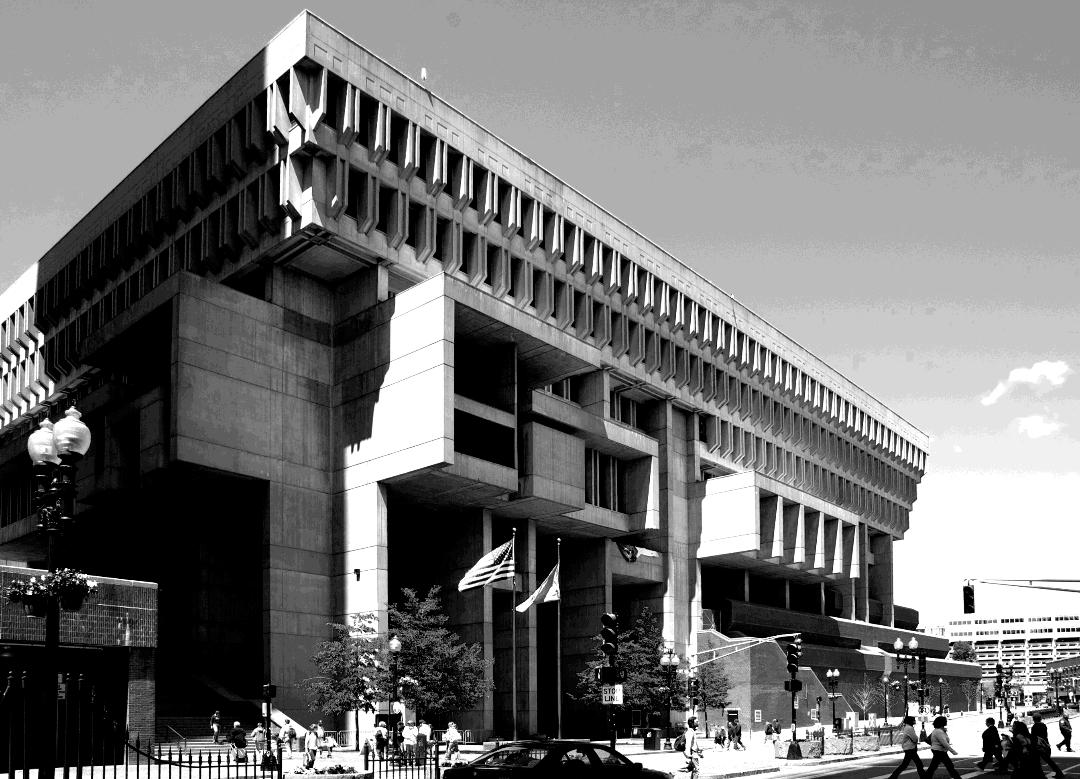
A set of profoundly dramatic photographs by Ezra Stoller helped define the City Hall's image, for better or for worse, but attitudes to the brutalist style have definitely softened in recent years. From the outset, most critics were positive, and it drew favourable comparisons with the other brutalist civic projects of the era, such as Niemeyer and Costa’s Brasilia, and more obviously, the city of Chandigarh in India, a concrete landscape shaped by Le Corbusier with Jane Drew and Maxwell Fry, amongst others.
McKinnell was born in Manchester in 1935. He won a Fulbright Scholarship to Columbia University and subsequently spent his entire working career in the USA. The firm, which eventually became Kallmann McKinnell & Wood, is still going strong today, with a portfolio of bold contemporary buildings throughout New England, including the American Academy of Arts and Sciences in Cambridge and Boston's Back Bay Station.
Architect Mark Pasnik of OverUnder studio and the co-author of Heroic: Concrete Architecture and the New Boston (The Monacelli Press), knew McKinnell in his later years. ‘Michael envisioned [City Hall] simply as a stage for direct engagement between the people and their government,' he says. ‘He was convinced that architecture has a capacity to help shape society. In Boston City Hall, a complex masterpiece recognised across the globe as an icon of Brutalism, he saw architecture as the start of a process, rather than a fixed outcome.'
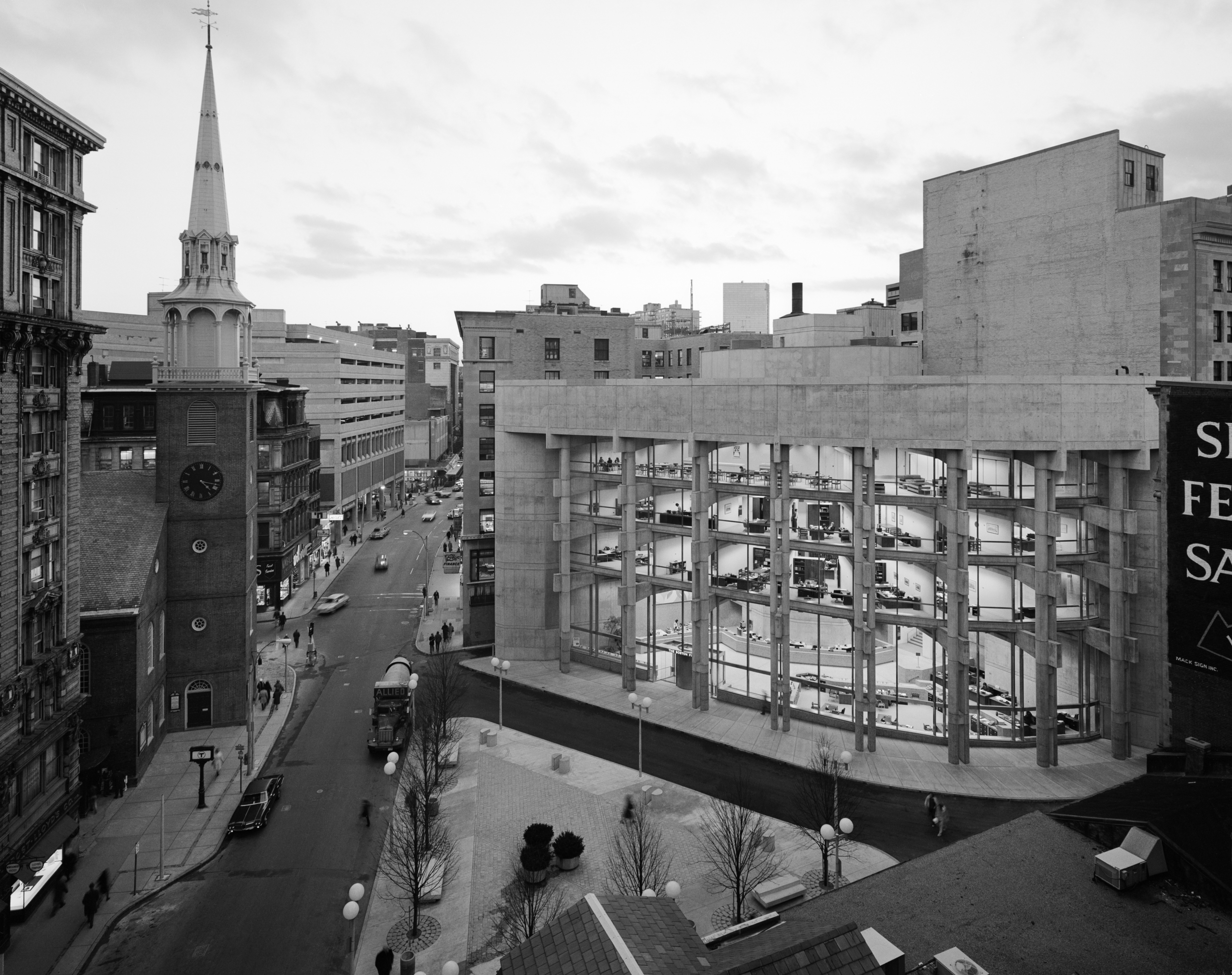
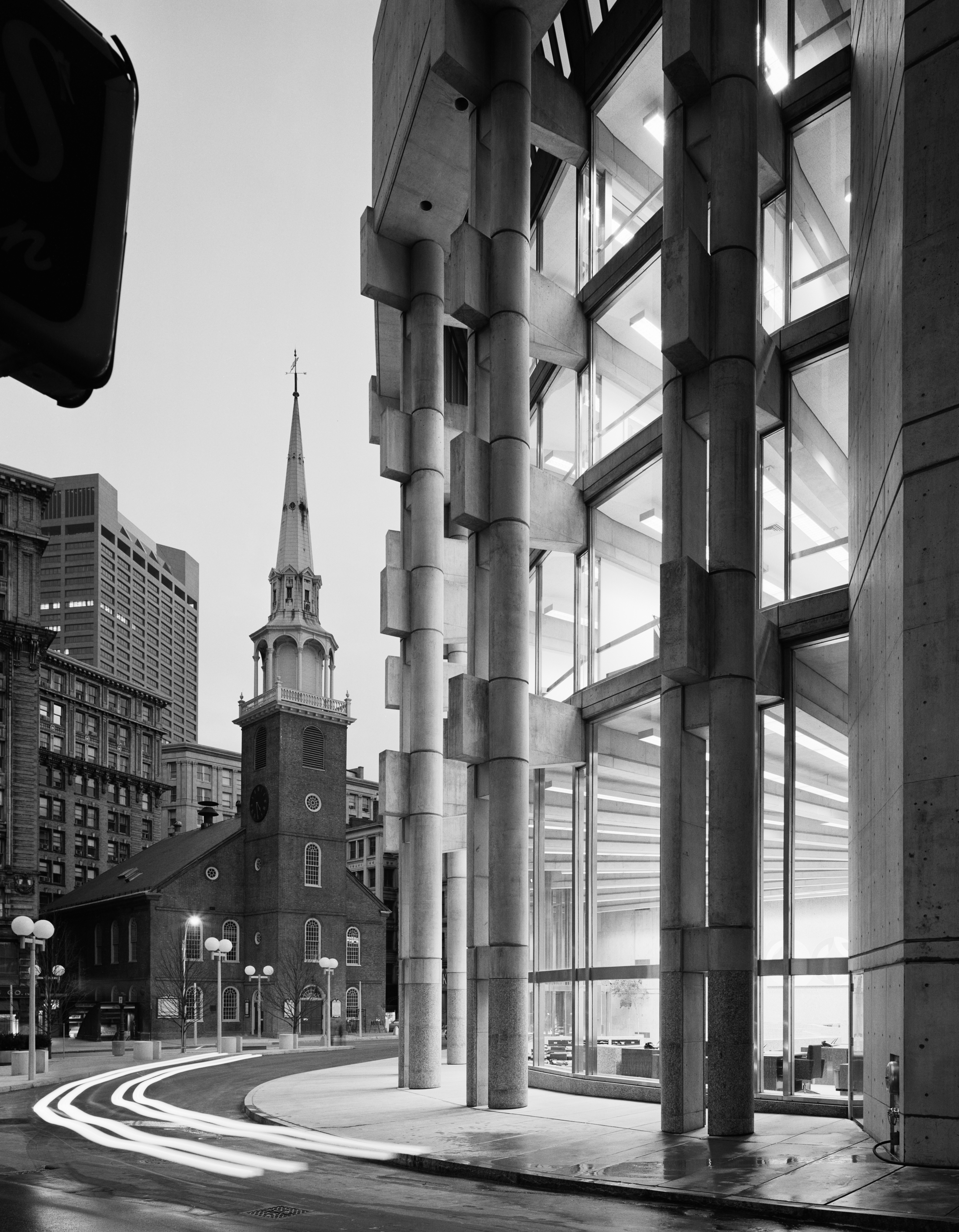
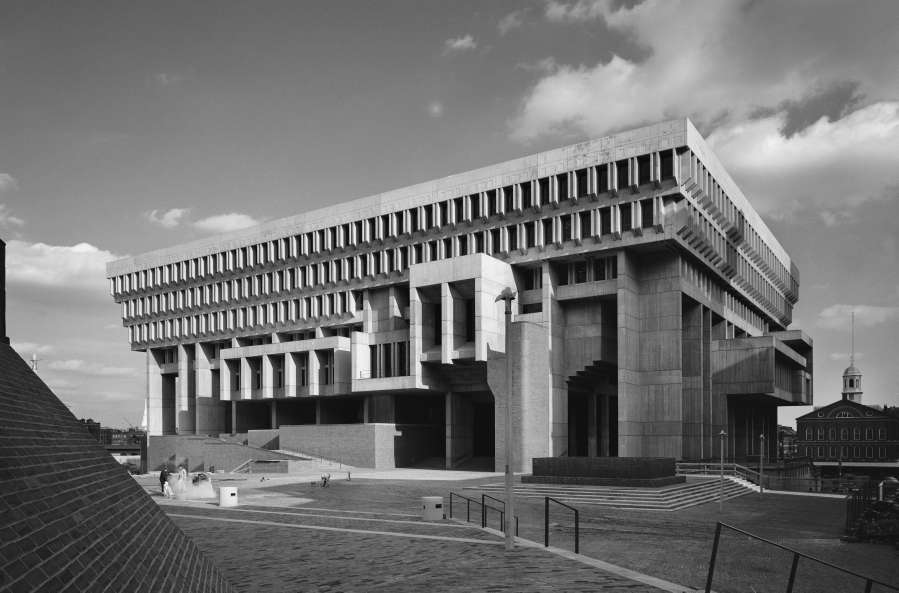
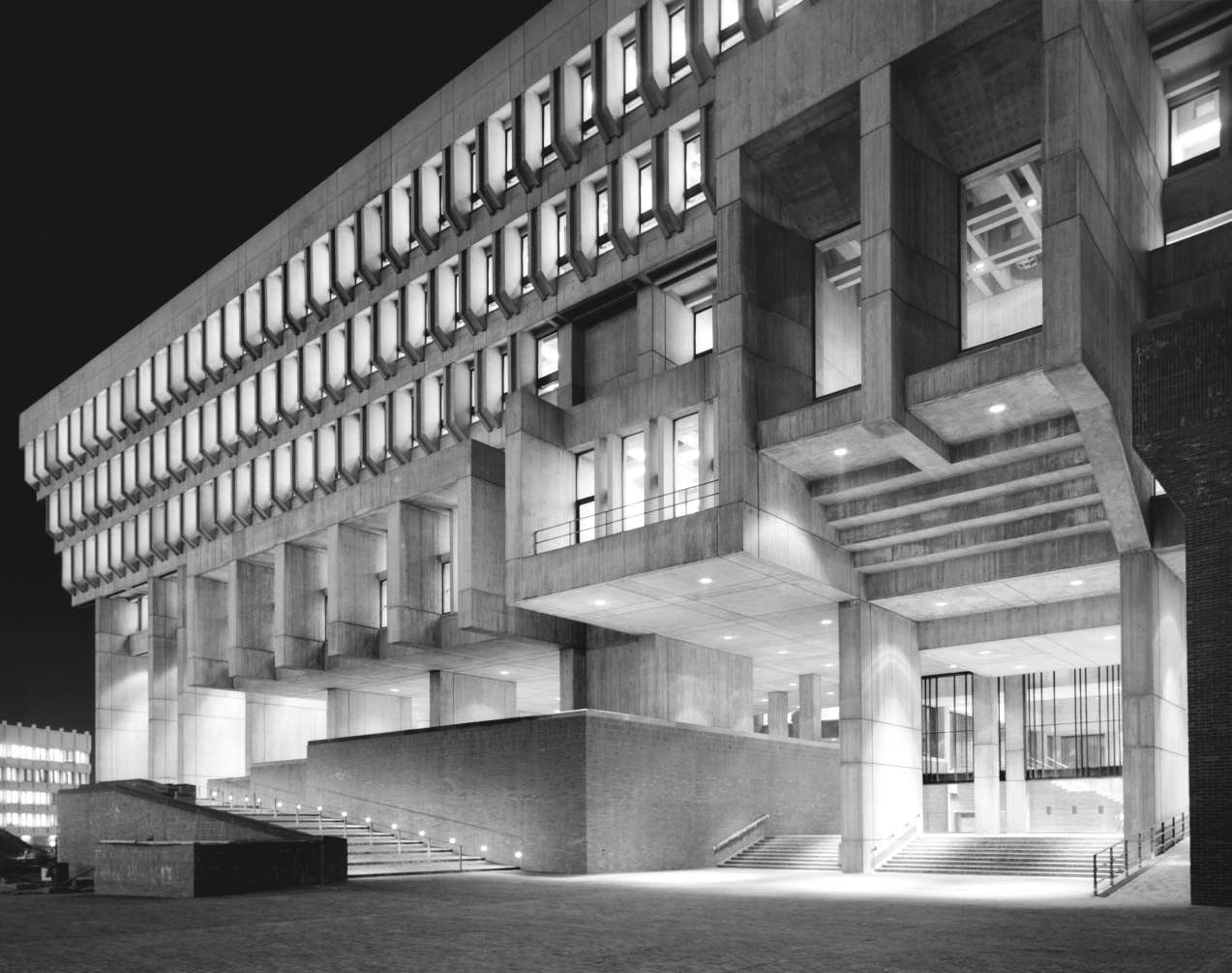
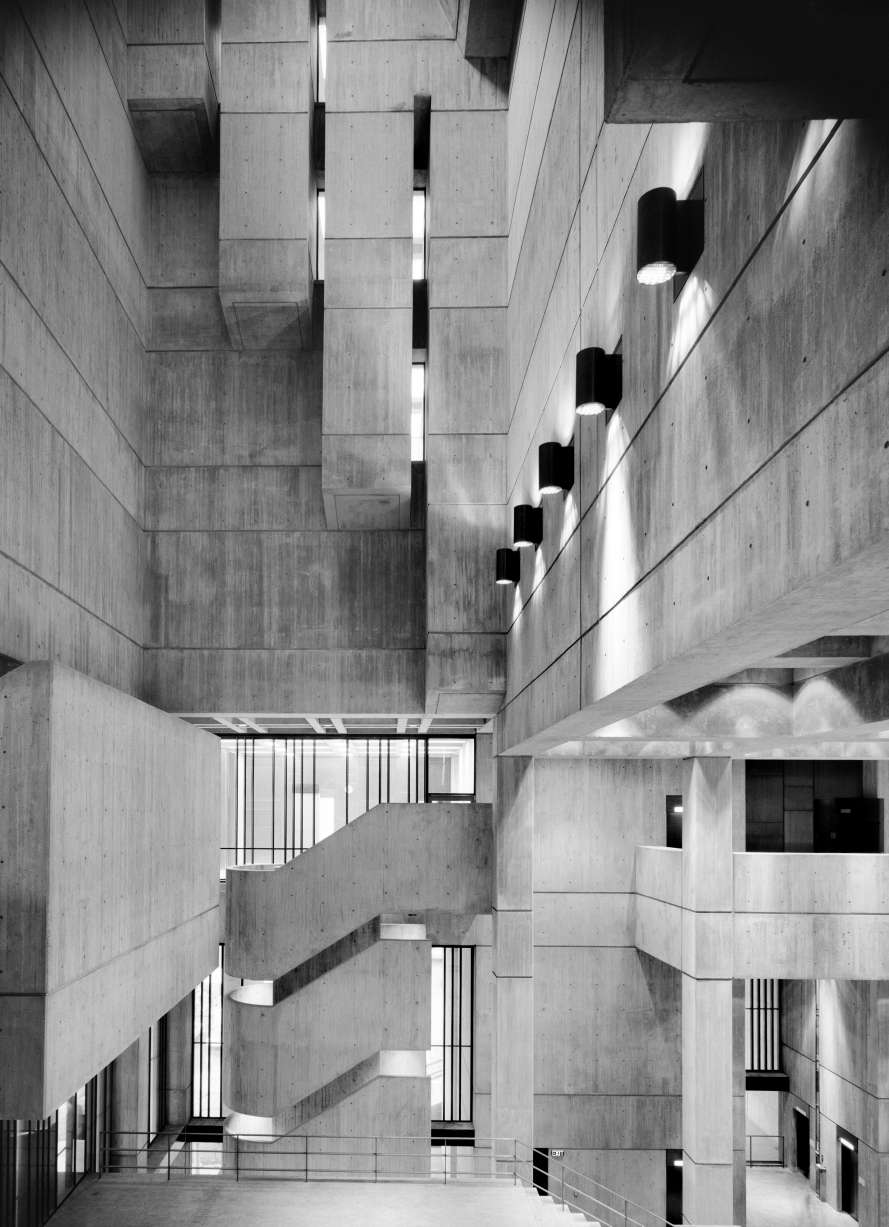
Receive our daily digest of inspiration, escapism and design stories from around the world direct to your inbox.
Jonathan Bell has written for Wallpaper* magazine since 1999, covering everything from architecture and transport design to books, tech and graphic design. He is now the magazine’s Transport and Technology Editor. Jonathan has written and edited 15 books, including Concept Car Design, 21st Century House, and The New Modern House. He is also the host of Wallpaper’s first podcast.
-
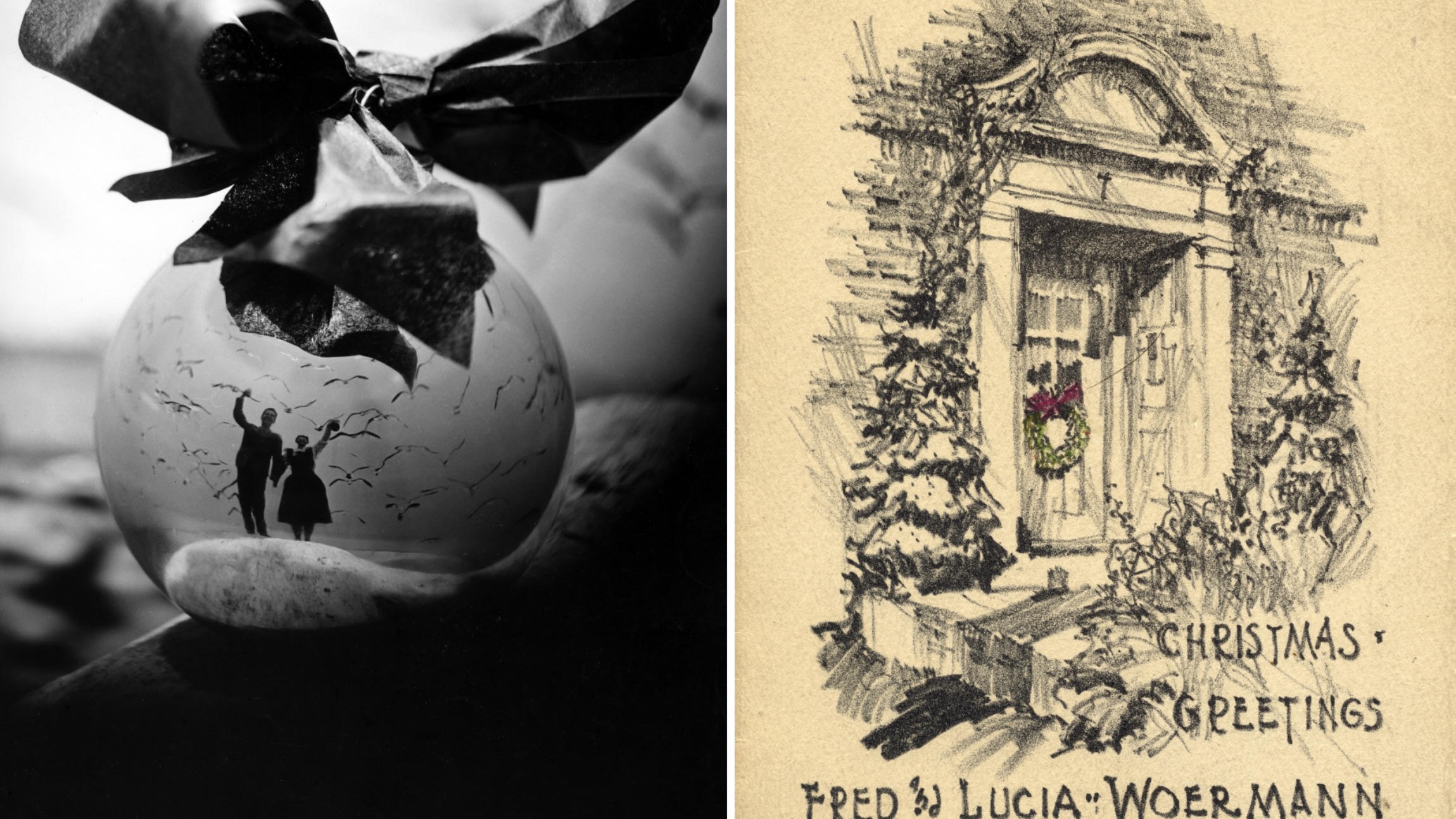 These Christmas cards sent by 20th-century architects tell their own stories
These Christmas cards sent by 20th-century architects tell their own storiesHandcrafted holiday greetings reveal the personal side of architecture and design legends such as Charles and Ray Eames, Frank Lloyd Wright and Ludwig Mies van der Rohe
-
 Lucila Safdie’s ‘feminine and surreal’ womenswear is inspired by teenage bedrooms and internet lore
Lucila Safdie’s ‘feminine and surreal’ womenswear is inspired by teenage bedrooms and internet loreThe latest in our Uprising series, the Central Saint Martins graduate is honing a pastel-shaded vision rooted in depictions of girlhood in film and literature
-
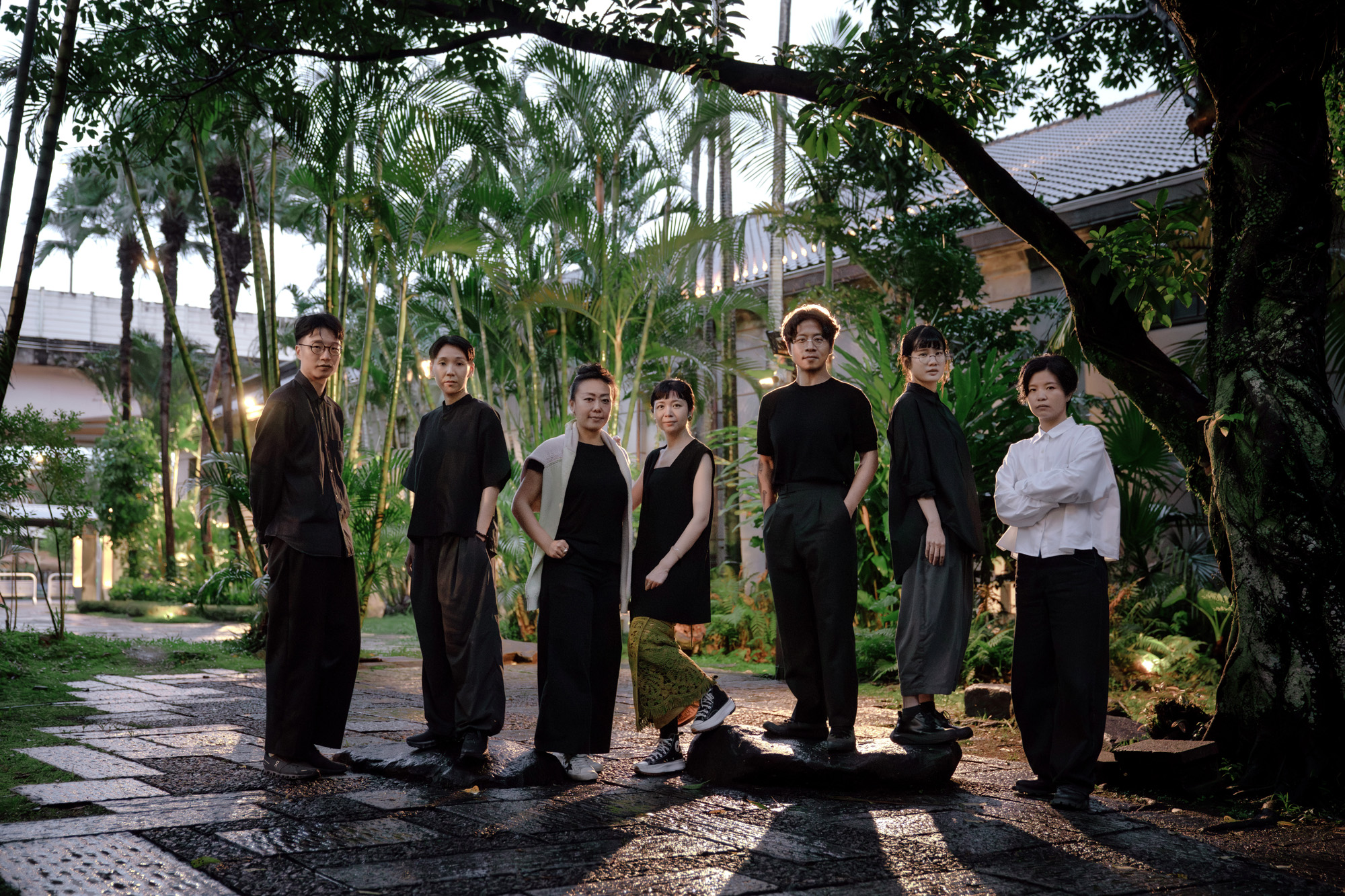 How Taipei designers operate between cutting-edge technology and their country's cultural foundations
How Taipei designers operate between cutting-edge technology and their country's cultural foundationsIn the final instalment of our three-part Design Cities series, we explore Taipei, Taiwan, as a model of translating contemporary urban aesthetic and craft traditions into design thinking
-
 Step inside this resilient, river-facing cabin for a life with ‘less stuff’
Step inside this resilient, river-facing cabin for a life with ‘less stuff’A tough little cabin designed by architects Wittman Estes, with a big view of the Pacific Northwest's Wenatchee River, is the perfect cosy retreat
-
 In addition to brutalist buildings, Alison Smithson designed some of the most creative Christmas cards we've seen
In addition to brutalist buildings, Alison Smithson designed some of the most creative Christmas cards we've seenThe architect’s collection of season’s greetings is on show at the Roca London Gallery, just in time for the holidays
-
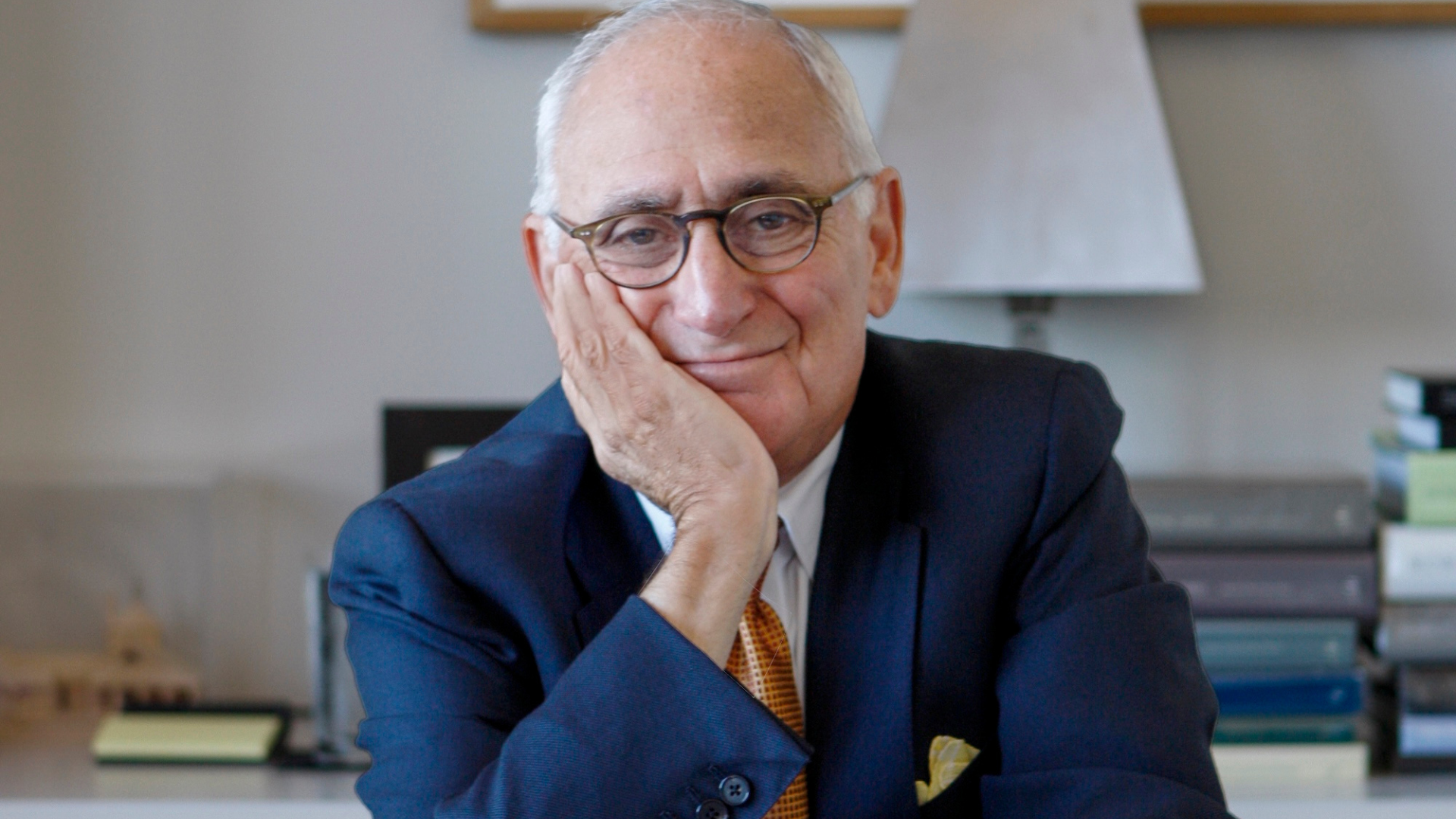 Remembering Robert A.M. Stern, an architect who discovered possibility in the past
Remembering Robert A.M. Stern, an architect who discovered possibility in the pastIt's easy to dismiss the late architect as a traditionalist. But Stern was, in fact, a design rebel whose buildings were as distinctly grand and buttoned-up as his chalk-striped suits
-
 Own an early John Lautner, perched in LA’s Echo Park hills
Own an early John Lautner, perched in LA’s Echo Park hillsThe restored and updated Jules Salkin Residence by John Lautner is a unique piece of Californian design heritage, an early private house by the Frank Lloyd Wright acolyte that points to his future iconic status
-
 The Stahl House – an icon of mid-century modernism – is for sale in Los Angeles
The Stahl House – an icon of mid-century modernism – is for sale in Los AngelesAfter 65 years in the hands of the same family, the home, also known as Case Study House #22, has been listed for $25 million
-
 Houston's Ismaili Centre is the most dazzling new building in America. Here's a look inside
Houston's Ismaili Centre is the most dazzling new building in America. Here's a look insideLondon-based architect Farshid Moussavi designed a new building open to all – and in the process, has created a gleaming new monument
-
 Frank Lloyd Wright’s Fountainhead will be opened to the public for the first time
Frank Lloyd Wright’s Fountainhead will be opened to the public for the first timeThe home, a defining example of the architect’s vision for American design, has been acquired by the Mississippi Museum of Art, which will open it to the public, giving visitors the chance to experience Frank Lloyd Wright’s genius firsthand
-
 Clad in terracotta, these new Williamsburg homes blend loft living and an organic feel
Clad in terracotta, these new Williamsburg homes blend loft living and an organic feelThe Williamsburg homes inside 103 Grand Street, designed by Brooklyn-based architects Of Possible, bring together elegant interiors and dramatic outdoor space in a slick, stacked volume